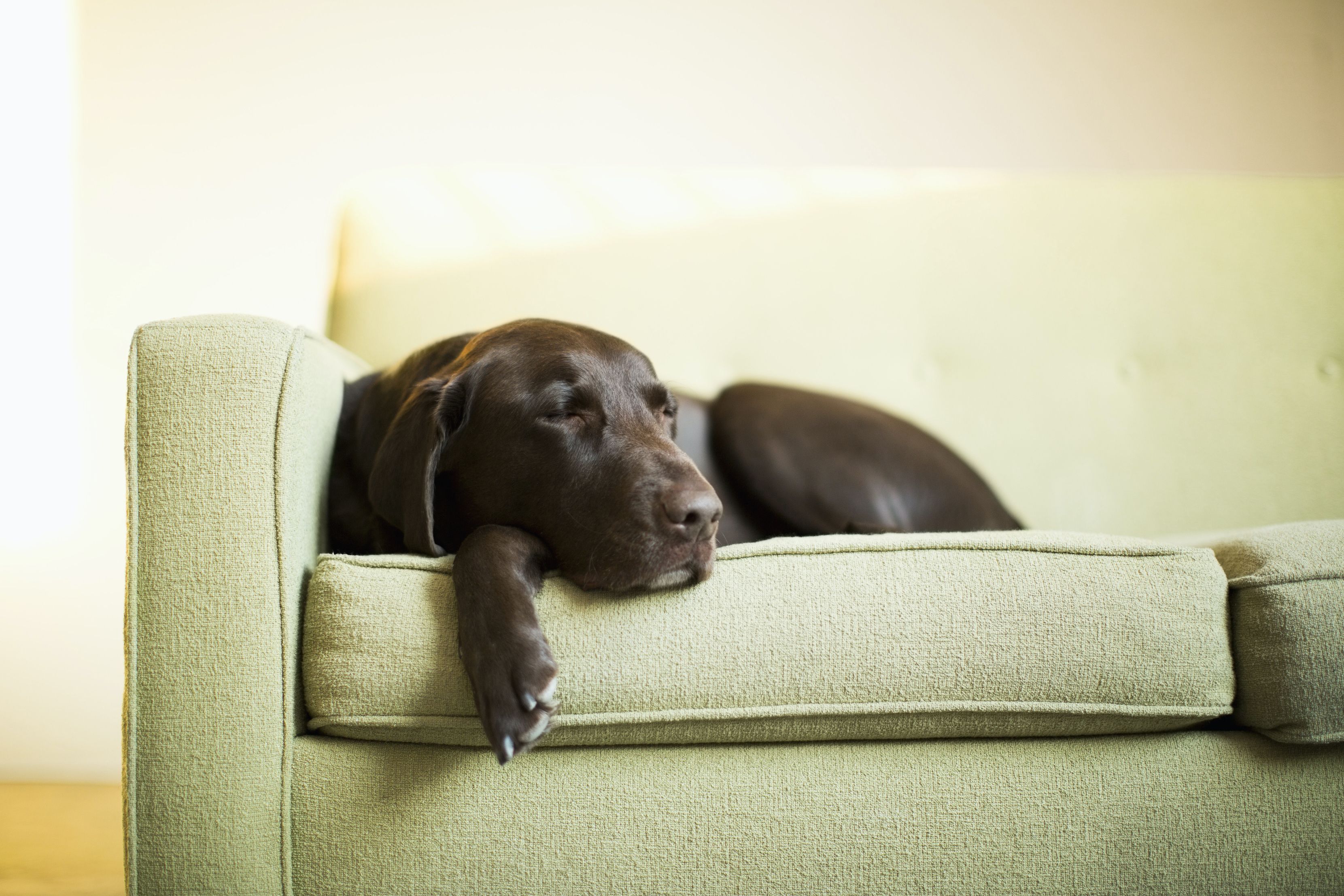Stunning Tips About How To Cure Separation Anxiety In Dogs

These include consistent and persistent barking, howling or whining, destructive chewing or digging, and defecating or urinating.
How to cure separation anxiety in dogs. Dogs with anxiety need a safe zone: Learn the signs of separation anxiety in dogs. We’re here to explain everything you need to know about dog anxiety — common causes, symptoms, and treatments.
1set up a safe zone. Our dogs like having us around. When treating a dog with separation anxiety, the goal is to resolve the dog’s underlying anxiety by teaching him to enjoy, or at least tolerate, being left alone.
This could be a bathroom, a bedroom or, if your dog is already crate trained, their crate. So when they eagerly follow us to the door, their expectant faces wondering where we are taking them, they could be disappointed to realise they are not always coming with us. Counterconditioning is a treatment process that changes an animal’s fearful, anxious or aggressive reaction to a pleasant, relaxed one instead.
Moderate to severe situational anxiety alprazolam is given to dogs who face anxiety. Dogs with separation anxiety exhibit distress and behavioral issues when they're left alone, such as: Always make sure that your dog has exciting things to do when you're not with them.
Desensitise your dog to exit triggers. Separation anxiety (sa) can be one of them. Try to take your dog for a walk before you go out so that they have.
In some severe cases, a dog could injure itself trying to escape. Precautions such as removing choking hazards, covering up outlets, or keeping the dog in a confined space such as a crate or small room should be employed. Abuse or neglect back to top what are the symptoms of separation anxiety?
Treatment usually requires a holistic approach — positive reinforcement and gradual desensitization can help your dog learn that spending some time alone is okay. Desensitising to other triggers indicating your departure. Most dogs do best with either fluoxetine or clomipramine over several months, perhaps combined with other antianxiety drugs where necessary.
It can manifest itself in a number of different ways. Separation anxiety is a canine disorder that comes to the fore when a dog is left at home alone. Desensitise your dog to your movement.
Signs your dog suffers from separation anxiety. Food and drug administration for separation anxiety, increases serotonin in your dog's brain and makes him feel less anxious. Treatment for mild separation anxiety if your dog has a mild case of separation anxiety, counterconditioning might reduce or resolve the problem.
Separation anxiety in puppies. What to do if your dog has separation anxiety find out how to help dogs that struggle when they are left home alone. To help your dog feel less reliant on you, and to encourage your dog’s ability to relax when you are away from home.


















